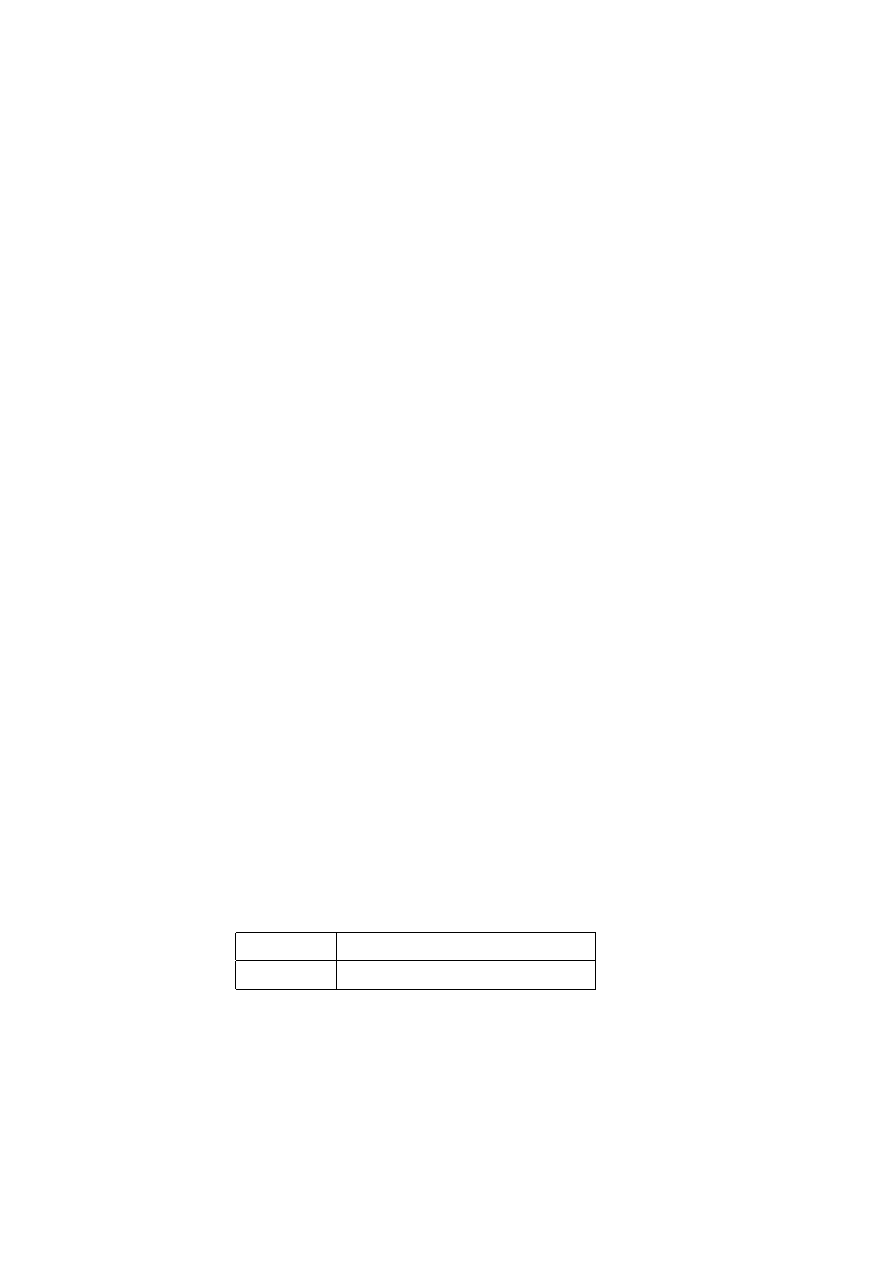
ISO/IEC 10918-1 : 1993(E)
The rule for calculating the interpolated value is:
P
(Ra
Rb) / 2
x
=
+
where Ra and Rb are sample values from adjacent positions a and b of the lower resolution image and Px is the
interpolated value. The division indicates truncation, not rounding. The left-most column of the upsampled image matches
the left-most column of the lower resolution image. The top line of the upsampled image matches the top line of the lower
resolution image. The right column and the bottom line of the lower resolution image are replicated to provide the values
required for the right column edge and bottom line interpolations. The upsampling process always doubles the line length
or the number of lines.
If both horizontal and vertical expansions are signalled, they are done in sequence first the horizontal expansion and
then the vertical.
J.1.2
Control procedure for encoding a differential frame
The control procedures in Annex E for frames, scans, restart intervals, and MCU also apply to the encoding of differential
frames, and the scans, restart intervals, and MCU from which the differential frame is constructed. The differential frames
differ from the frames of Annexes F, G, and H only at the coding model level.
J.1.3
Encoder coding models for differential frames
The coding models defined in Annexes F, G, and H are modified to allow them to be used for coding of two's complement
differences.
J.1.3.1
Modifications to encoder DCT encoding models for differential frames
Two modifications are made to the DCT coding models to allow them to be used in differential frames. First, the FDCT of
the differential input is calculated without the level shift. Second, the DC coefficient of the DCT is coded directly
without prediction.
J.1.3.2
Modifications to lossless encoding models for differential frames
One modification is made to the lossless coding models. The difference is coded directly without prediction. The
prediction selection parameter in the scan header shall be set to zero. The point transform which may be applied to the
differential inputs is defined in Annex A.
J.1.4
Modifications to the entropy encoders for differential frames
The coding of two's complement differences requires one extra bit of precision for the Huffman coding of AC coefficients.
The extension to Tables F.1 and F.7 is given in Table J.2.
Table J.2 Modifications to table
of AC coefficient amplitude ranges
SSSS
AC coefficients
15
32 767..16 384, 16 384..32 767
The arithmetic coding models are already defined for the precision needed in differential frames.
140
CCITT Rec. T.81 (1992 E)
